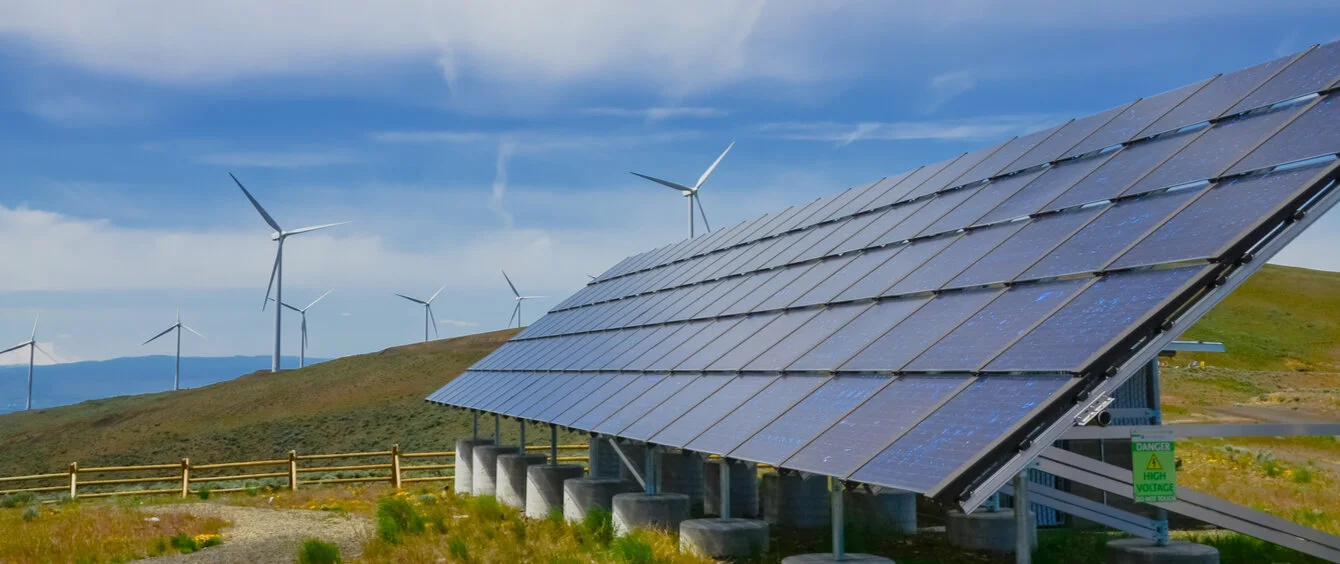Renewable energy in the USA is slowly but surely overtaking coal when it comes to power generation, says a recent study conducted by the Institute for Energy Economics and Financial Analysis (IEEFA), based in Cleveland, Ohio. And according to data from the EIA (U.S. Energy Information Administration), for the first time ever, renewables generated more electricity than coal-fired power plants on any given day in April. In fact, this trend lasted longer than a single month, namely a grand total of 40 days on the trot – going from March 25 to May 3. A brief comparison of these figures and last year’s results makes this development all the more remarkable. In the whole of 2019, there were only 38 days on which renewables trumped coal when it came to electricity generation. And even then, the longest stretch of consecutive days – although also in April – only lasted nine days.
As already reported by en:former, renewable energy’s contribution to the electricity mix in the USA has been on the up for years while the importance of coal-fired power generation has been dwindling.
A long-term trend
There are many reasons for the decline in coal-fired power generation. According to IEEFA, warm weather, low gas prices and a sharp drop in demand for electricity – mainly due to the widespread corona lockdown measures – saw production being cut back significantly. However, since hydroelectric power plants, wind turbines and solar farms were still continuously generating electricity, they overtook coal-fired power plants in terms of electricity production volume.
In fact, this trend started earlier this year. Back in January, coal’s contribution to the electricity mix had already fallen below the 20 percent mark (19.9 percent) for the first time in the entire history of the US energy industry. According to forecasts, this trend is only set to become more pronounced in the coming months. For 2020 as a whole, the IEA expects coal usage to fall by a quarter and coal’s share of power consumption to be around 19 percent. This would be the first time that it generated less than nuclear power and renewables.
Renewables on the rise
Few new-builds or imperative retrofit projects are being realised in light of the unfavourable market environment, says Seth Feaster, data analyst at IEEFA, in the New York Times. What’s more, the current lack of capacity utilisation is also a major issue. “The less these power plants are used, the more expensive their maintenance becomes.”
According to estimates by his research group, the share of US coal-fired electricity production is expected to dwindle to less than ten percent by 2025. Although the journey to nationwide, coal-independent power generation is far from its destination, many parts of the country are already experiencing a notable boom in low-emission, clean power production – a trend which could soon become the status quo in the United States.
Photo credit: shutterstock.com, Trong Nguyen
